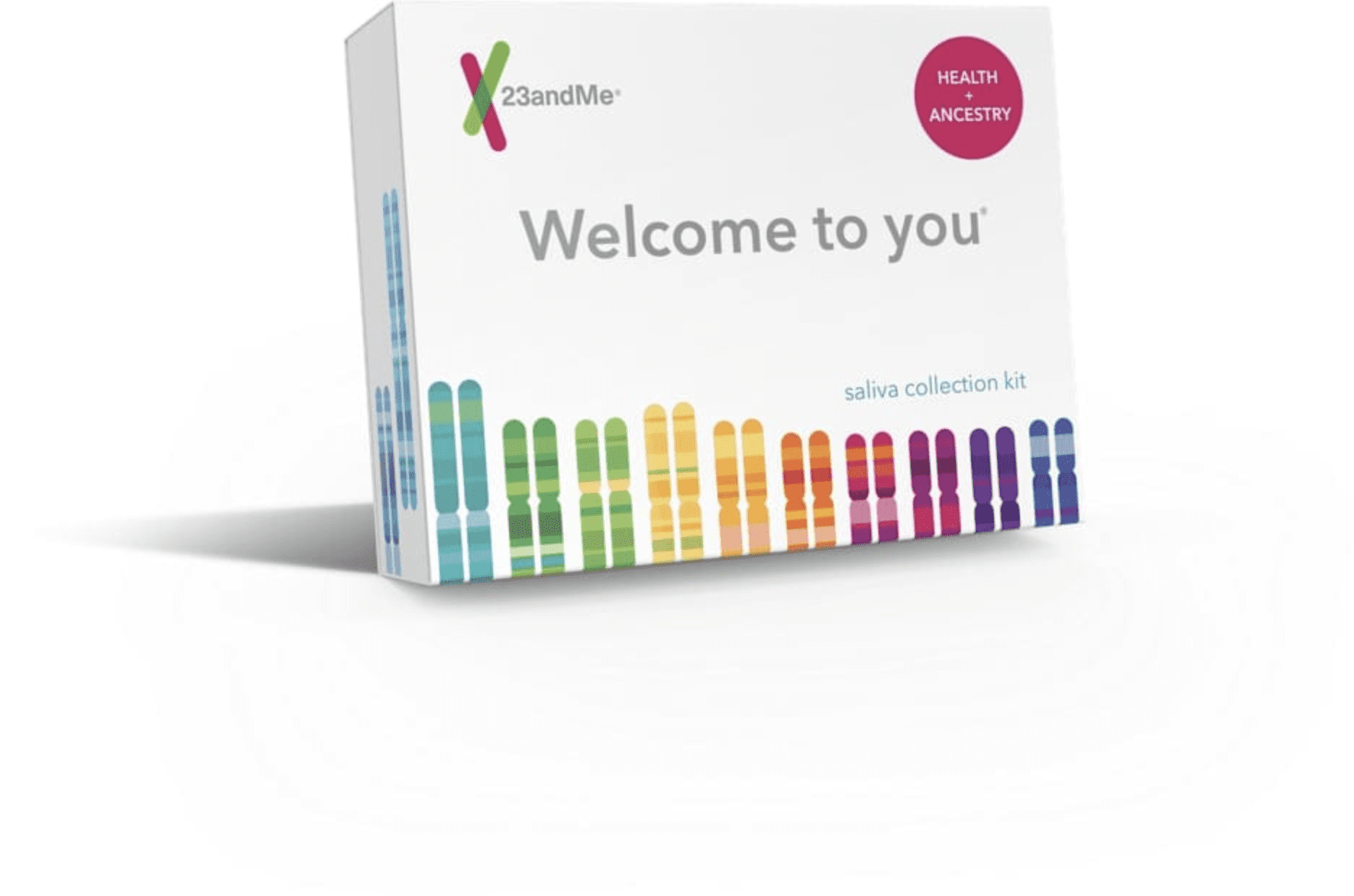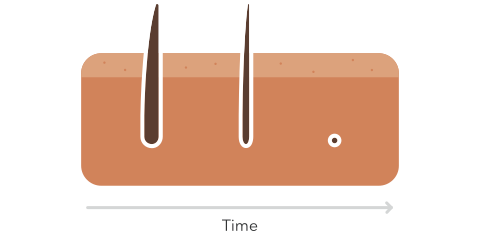How early hair loss works
We’re born with five million hair follicles, and about 100,000 to 150,000 of them are on the scalp. As we age, our hair follicles typically shrink in size, produce thinner hairs and eventually stop producing hair altogether.
The genetic link
The timing and rate of hair follicles becoming thinner or no longer making hair are influenced by genetics. Scientists have found genetic variants throughout our DNA that can influence early hair loss. This goes to show that a number of genetic variants from both parents can play a role in hair loss.

Did you know?
Hair follicles that produce longer hair tend to have longer growth phases. Eyebrow follicles have growth phases of about 2-3 months, while scalp follicles have growth phases of up to eight years.
Explore more
Are you interested in learning more about early hair loss? 23andMe’s Health + Ancestry Service can tell you based on your genetics whether you’re likely to experience hair loss or thinning before age 40. Please note that this report is only available for men.

Health + Ancestry Service
References
23andMe Blog (2018, July 20). “23andMe’s Latest Publication Shines Light on Male Pattern Baldness and Unexpected Associations with Disease.” Retrieved September 16, 2018, from https://blog.23andme.com/health-traits/23andmes-latest-publication-shines-light-on-male-pattern-baldness-and-unexpected-associations-with-disease/.
23andMe Blog (2017, May 17). “The Role of Genetics in Male-Pattern Baldness.” Retrieved September 16, 2018, from https://blog.23andme.com/23andme-research/the-role-of-genetics-in-male-pattern-baldness/.
Paus R and Cotsarelis G. (1999). “The biology of hair follicles.” N. Engl. J. Med. 341(7):491-97.
Qi J and Garza LA. (2014). “An overview of alopecias.” Cold Spring Harb Perspect Med. 4(3).
Stenn KS and Paus R. (2001). “Controls of hair follicle cycling.” Physiol. Rev. 81(1):449-94.

Leave a Reply